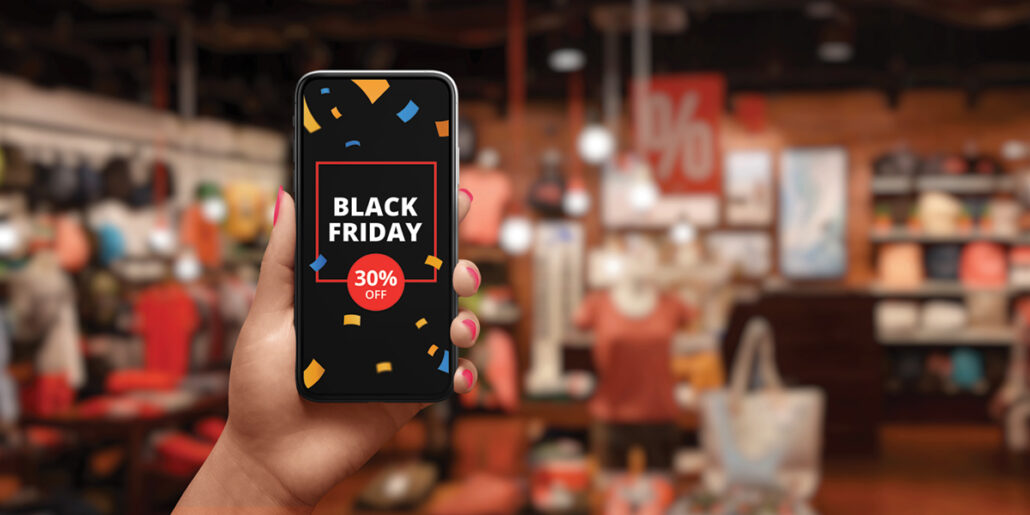
Experimental, Discount, or Hybrid?
 By Jane Genova
By Jane Genova
“Uncertainty.” That is the word the National Retail Federation is hearing the most during 2024. Of course, there are the usual sources for the unknowns, such as global economics, AI, regulatory changes, geopolitical induced supply chain disruptions, shifting consumer preferences, inflation, recession fears and job creation. In addition, with 2024 a general election year there are also the wild cards created during campaigning and afterward.
Customizing the business model
How can retailers navigate these uncertain times from a position of strength, that is, protecting their profitability and accelerating growth? A proven point of leverage is the business model. Essentially there are three: experiential, discount and hybrid or blended.
Experiential is receiving a lot of hype, of course. Discounting has been entrenched in shopping habits since the Great Recession. However, the experts interviewed by CNBC about retail trends put their bets on hybrid for these volatile times. Business case studies bear that out.
Experiential Nordstrom, for example, began to flounder when it did not recognize the demand for adding discount lines to elite product lines.
In 2011, right after the economic downturn Ron Johnson left Apple for JC Penney. He tried and failed to transform a discounting brand to an experiential one like Apple’s. The chain has not recovered.
In contrast, during the last 25 years, Bob’s Discount Furniture continuously applied hybrid to expand a local Connecticut store into a national chain in 177 locations. Initially, it combined affordability with in-store family fun. Later it became a leader in how to create interactivity through technology.
The hybrid model provides the flexibility for a rapid response to changing conditions. The good news from the National Retail Federation is that AI tools facilitate the needed fast decision-making. Research firm IDC found that the retailers are the second largest spenders on technology.
The experiential model
Essentially the experiential model is about shopper involvement. That goes all the way back to Sephora’s first store in Paris in 1970. It allowed customers to try out products themselves, without any limits on selections or time.
The engagement tactics applied in brick-and-mortar and in ecommerce could be similar or very different. But given how seamless shopping has become, they can indirectly reinforce each other.
 Engaging in brick and mortar
Engaging in brick and mortar
The key points of leveraging on-site include:
Ambiance. That can be multi-sensory. For the experience, customers are willing to pay more.
Personalization. Customer preferences are known entities both through attentive staff and data. Individual product recommendations can boost sales.
Special events. Post-pandemic people want to get out.
Influencers. For local businesses, this could be as simple as contracting with a popular community personality to provide endorsements and conduct live events.
Interactive features. That is the signature of Samsung’s 837 stores: Customers are able to roam the space experimenting with products. On-site AI tools also enable researching products in fast, user-friendly ways through the filtering of categories.
Creating hubs for socializing. There can be game rooms, lounges, juice bars and more.
Pop-Up Stores. Customers appreciate retailers coming to where they are, especially for new products and seasonal items.
E-commerce engagement
Essentially, technology is the driver. Already in use are:
Augmented reality. At-home customers can try on a dress, visually place a sofa in the living room and co-create a shoe.
Gamification. Embedded in video games are sales items. In addition are group and competitive activities such as scavenger hunts.
User generated content. Surveys that are shared. Shoppers want to find out the experience of others with the brands. AI features in Yotpo make it easy to drill down to specific issues.
Online influencers. This has expanded beyond promoting a product to actually facilitating direct sales from platforms such as YouTube or TikTok.
Enhanced content. Product information is displayed in detail and through multimedia.
Virtual pop-up stores. This is ideal for seasonal shopping.
Multi-channel personalized shopping recommendation. Because of the data collected, this is a piece of cake. As with streaming services, this messaging can take the form of “Because you purchased this …” According to research firm Twilio, 86% indicated they are more loyal if the shopping experience is personalized.
The discount model
In both brick-and-mortar and e-commerce, the discount model operates on the assumption that the pricing is lower than market. That positioning can attract customers and increase sales, even if the “bargain” is an illusion. The concept has evolved from no-frills, such as products sold out of cartons in cluttered space, to well-organized retail staging. Its many forms include:
Branding as a discounter. The Walmart and dollar-store concepts showed what a powerful marketing tool that is.
Membership programs. In addition to boosting sales, these can cement loyalty.
Coupons, vouchers and promotional codes. Delivery is multi-channel, ranging from on-site to digital.
Price matching. That can trigger a price war attracting not only more customers but also publicity.
Introductory deals. This can be effective when launching new categories such as grocery or upscale merchandise.
Volume specials. Customers could buy three family-size bags of chips to save 50-cents.
Time-limited. For two weeks or (to create a sense of urgency) as long as supplies last, there will be a special price cut.
Clearance. Retailers who do this well can create a special group of customers who follow these.
 Hybrid as just-in-time strategy
Hybrid as just-in-time strategy
Potentially, the hybrid or blended approach is a multi-dimensional tool for managing amid unprecedented change. Its effectiveness depends on how skillfully and smoothly the retail brand integrates discounting with experiential and vice versa.
The overall perils include confusing the customer, diluting or denigrating the brand, creating expectations that certain experiences or discounts will be the new usual versus one-time events, investing in experiments that are not successful and losing customers and employees who are not comfortable with the shifts.
For experiential retailers, brand-protection strategies can be establishing a store-within-the-store or a stand-alone outlet. Another obstacle could be recruiting and training front-line employees for interacting with customers focused only on discounts, not ambiance. There is also the need to source the kind of influencers who can promote the discounted items without alienating upscale customers.
Because of fierce competition, some discounters are already incorporating the experiential model. For example, on-site requires more attention to staging. Those discounters providing that tend to draw more customers even if that means added travel time. There can be incentives for employees to do personal product recommendations. Technology has been making a growing number of engagement tactics affordable.
Both types of retailers can learn plenty from analyzing what long-term hybrids such as Bob’s Discount Furniture do. For example, Bob’s promotions fuse cool animation with the familiar, no-nonsense, folksy Bob persona. Both on-site and online make use of the latest developments in interactive technology. There is a range in the kinds of merchandise and price points.
 Identity in flux
Identity in flux
Blending means the retailer has to continually ask: Who am I? Those not willing to experiment could be trapped in yesterday’s value propositions.
Jane Genova is a business writer and career coach. Her articles have been published in AOL, Motley Fool, Yahoo Finance, Payment Week, Business.com, Daily Business News and O’Dwyer’s Public Relations. She co-authored the book, “The First Critical Years of Your Professional Life.”



